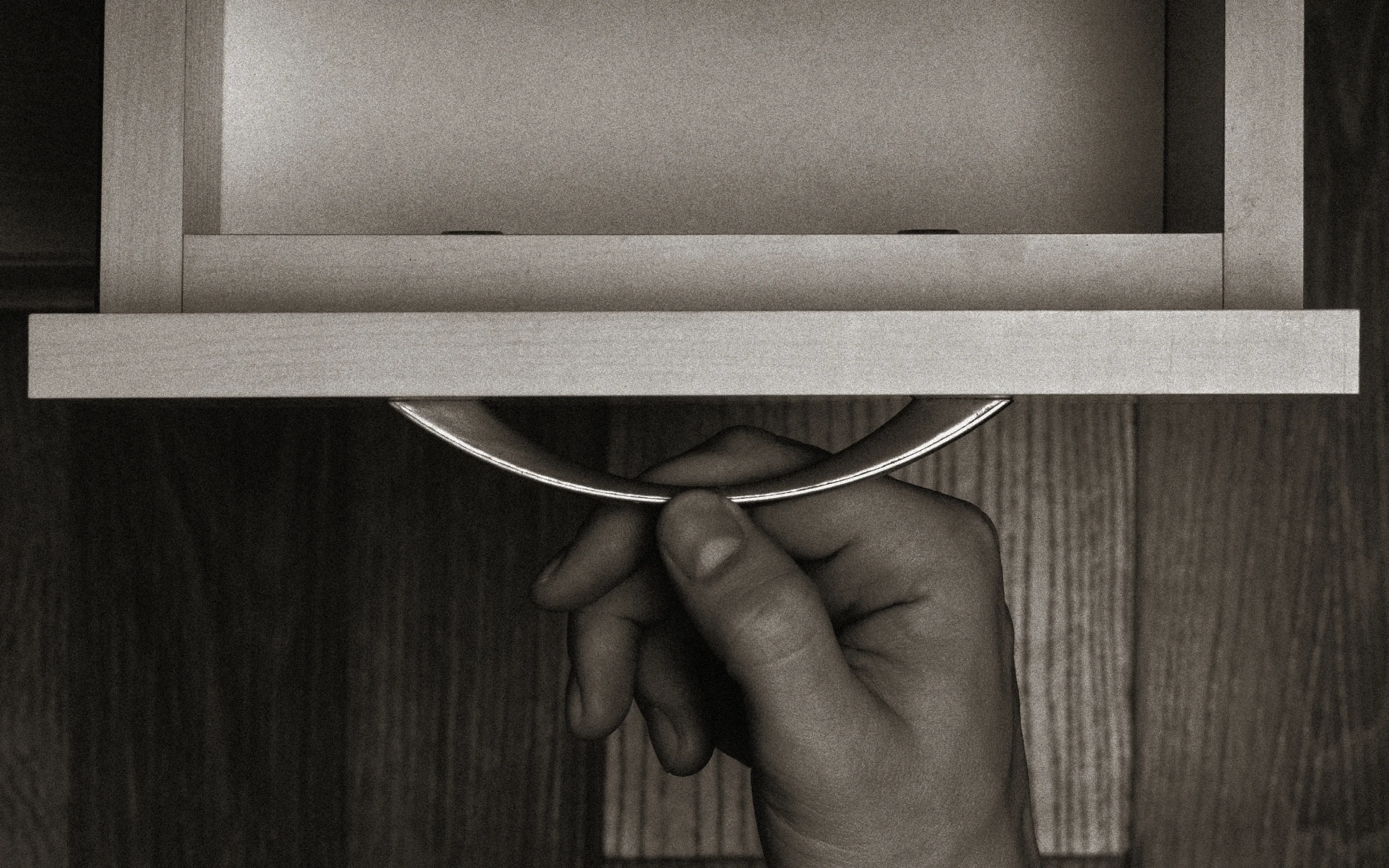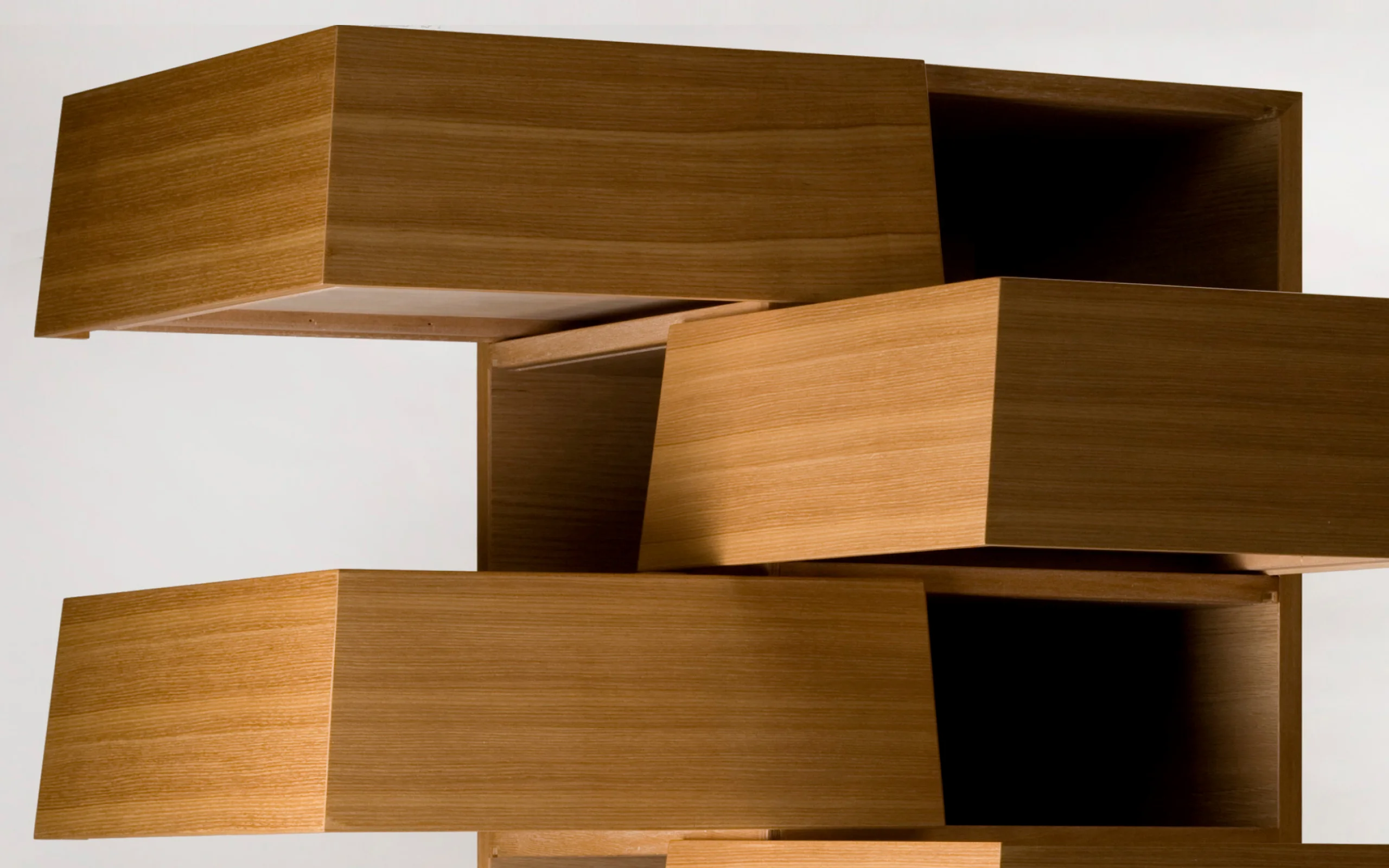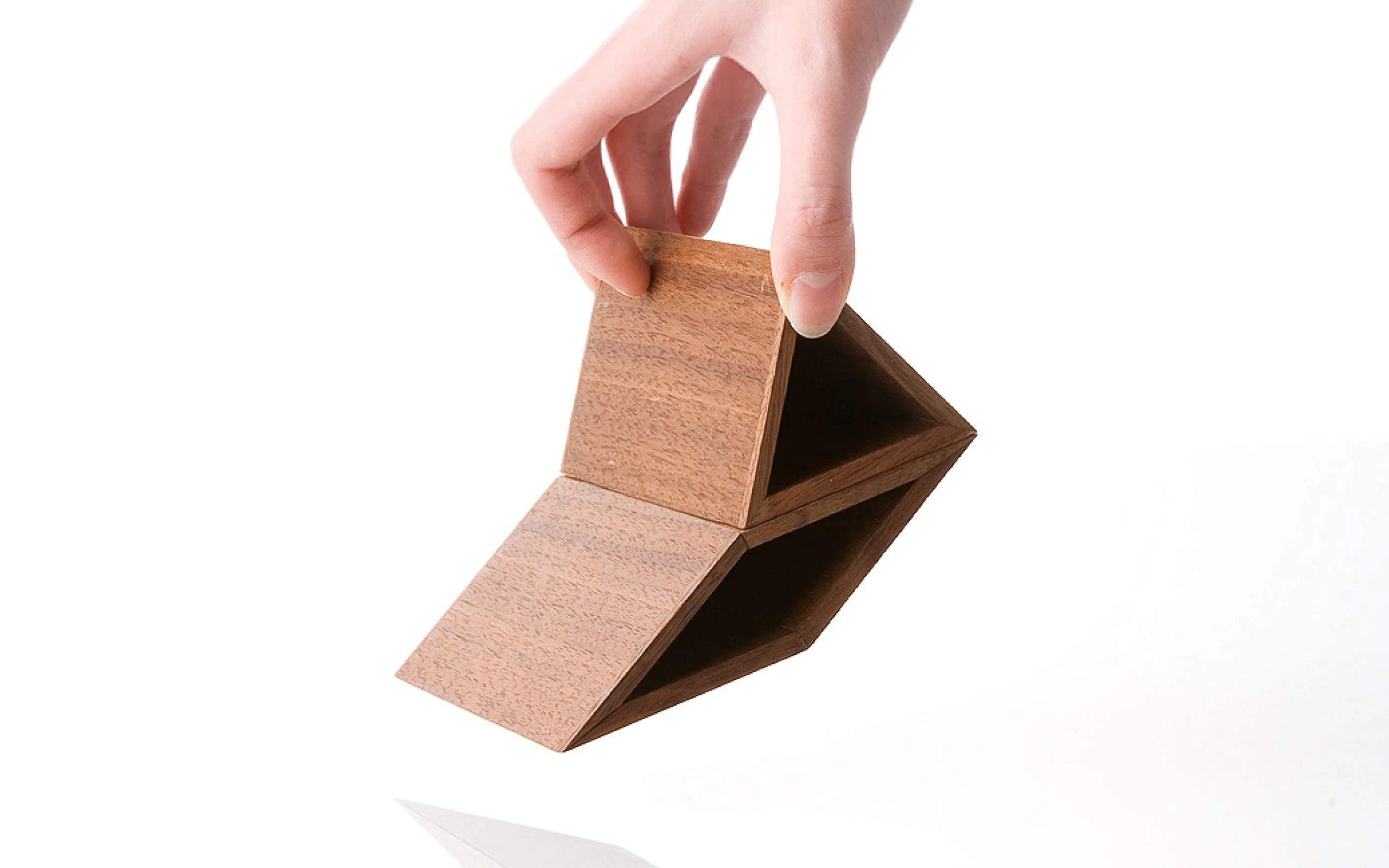
PROJECT
Mag Container
Magnetic stationery system bringing desktop order through attraction forces and refined forms.
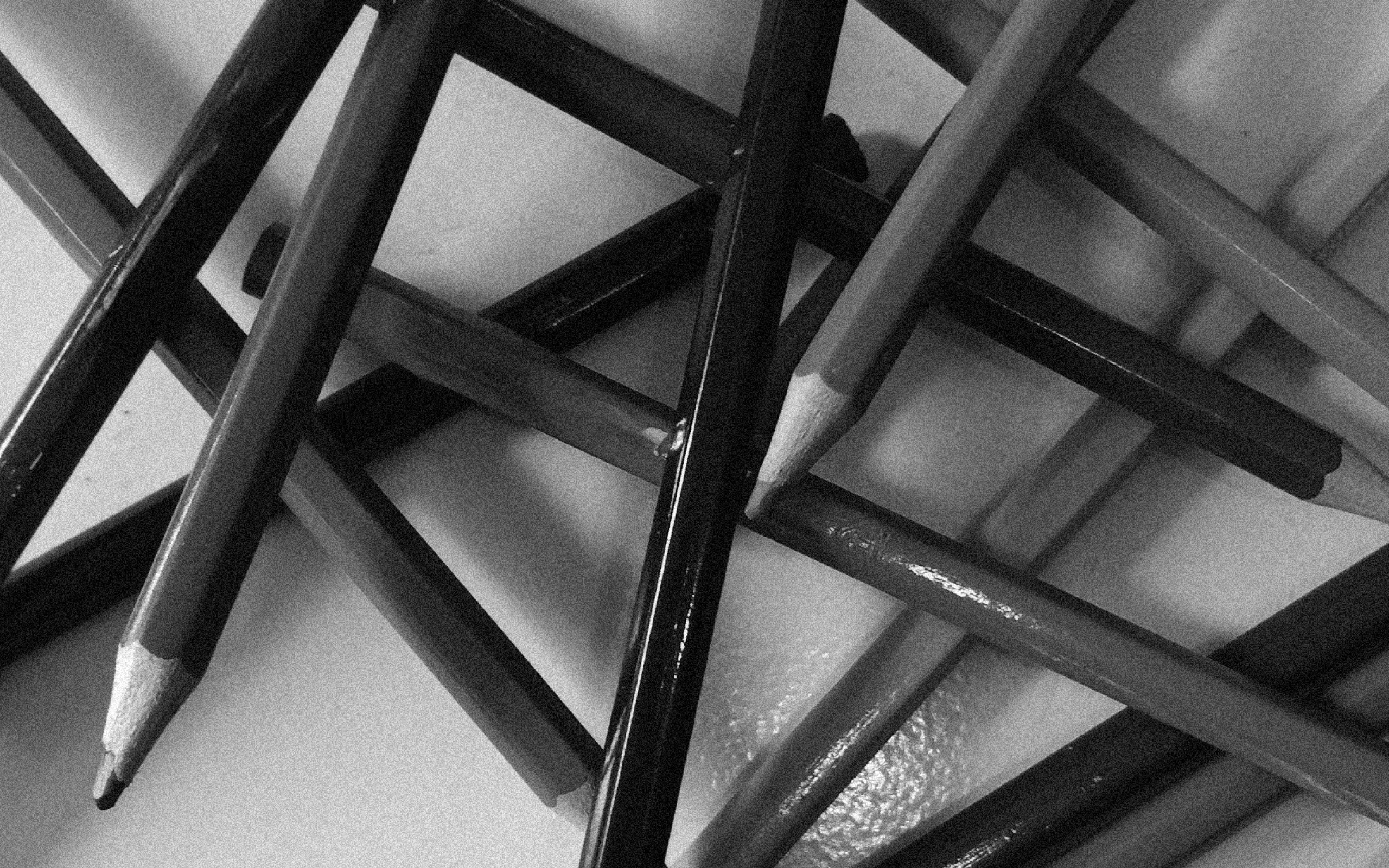
WHY
How can we organize the storage of stationery itself?
The craftsmanship of shipwright technology that supported the “Awahan” naval forces of Tokushima Prefecture was handed down from the Edo period. This technology developed from the Meiji to the Showa period as a major production area for box furniture that mainly focused on chest drawers, mirrors, and altars. However, Japan’s traditional industrial value of production had fallen to 1/5 in the past 40 years. Tokushima’s wood industry has been declining year by year, due to changes in modern lifestyle. Along with the rise of cheaper overseas products, Japan’s leading box furniture production drove into prosperity. Where the wood industry was going out of business, we questioned what kind of design could revive the industry to create new opportunities for highly skilled carpenters of Tokushima.
Changes in production value of traditional craft industry.
HOW
A wooden storage box that sticks together with magnets.
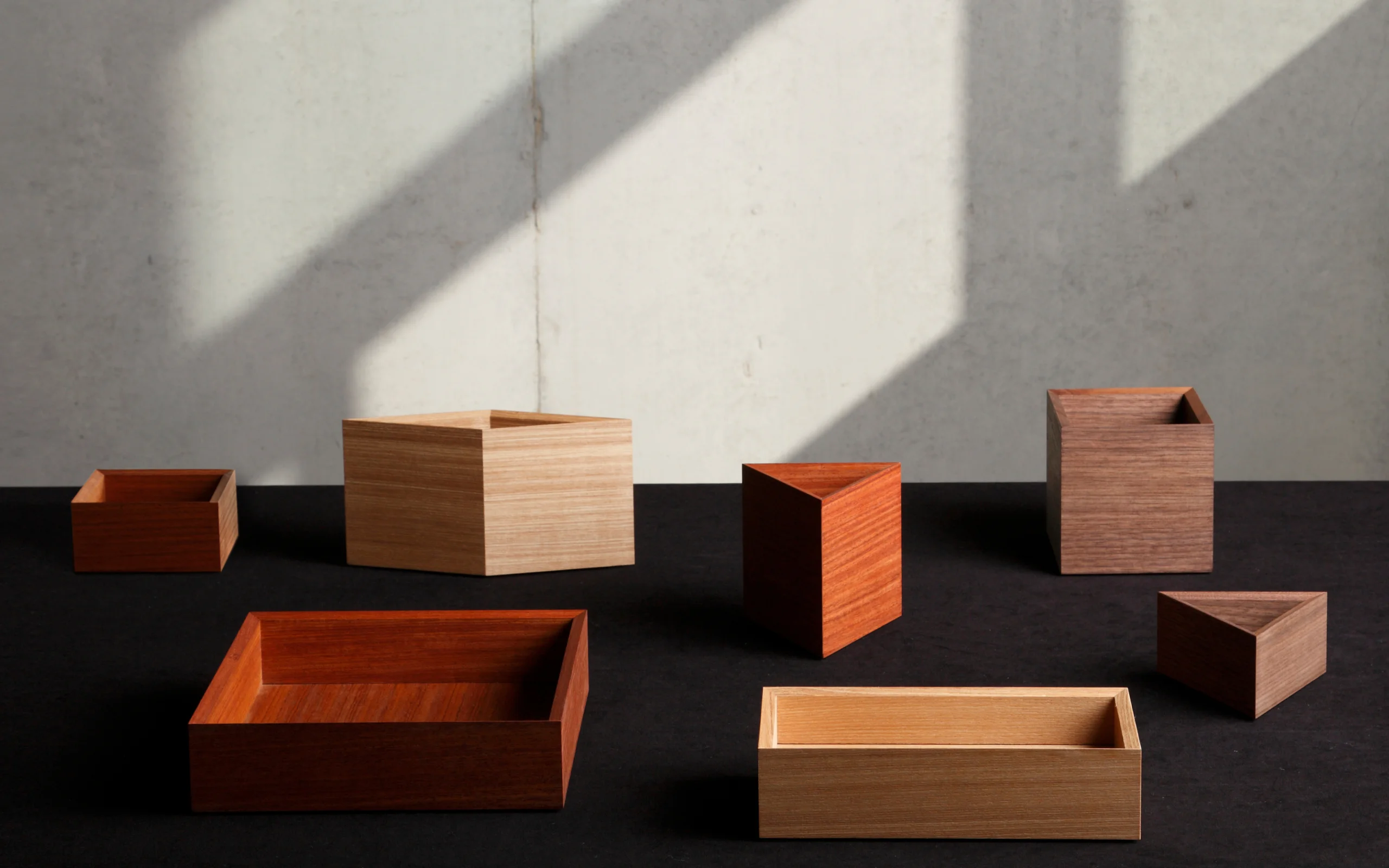
Together with Tokushima’s furniture maker “TSUBOI KOGEI,” we produced wooden stationery boxes “MAG CONTAINER,” constructed with built-in magnets. Each box is an equilateral triangle, a square, and a rhombus. Each has angles of multiples of 30 degrees. By combining and customizing these boxes freely, a geometric pattern is created like a puzzle and enjoyed as a room interior. By creating products smaller in size than traditional box furniture such as chest drawers, mirrors, and altars, we aimed to expand the possibilities of box furniture technology cultivated in Tokushima.
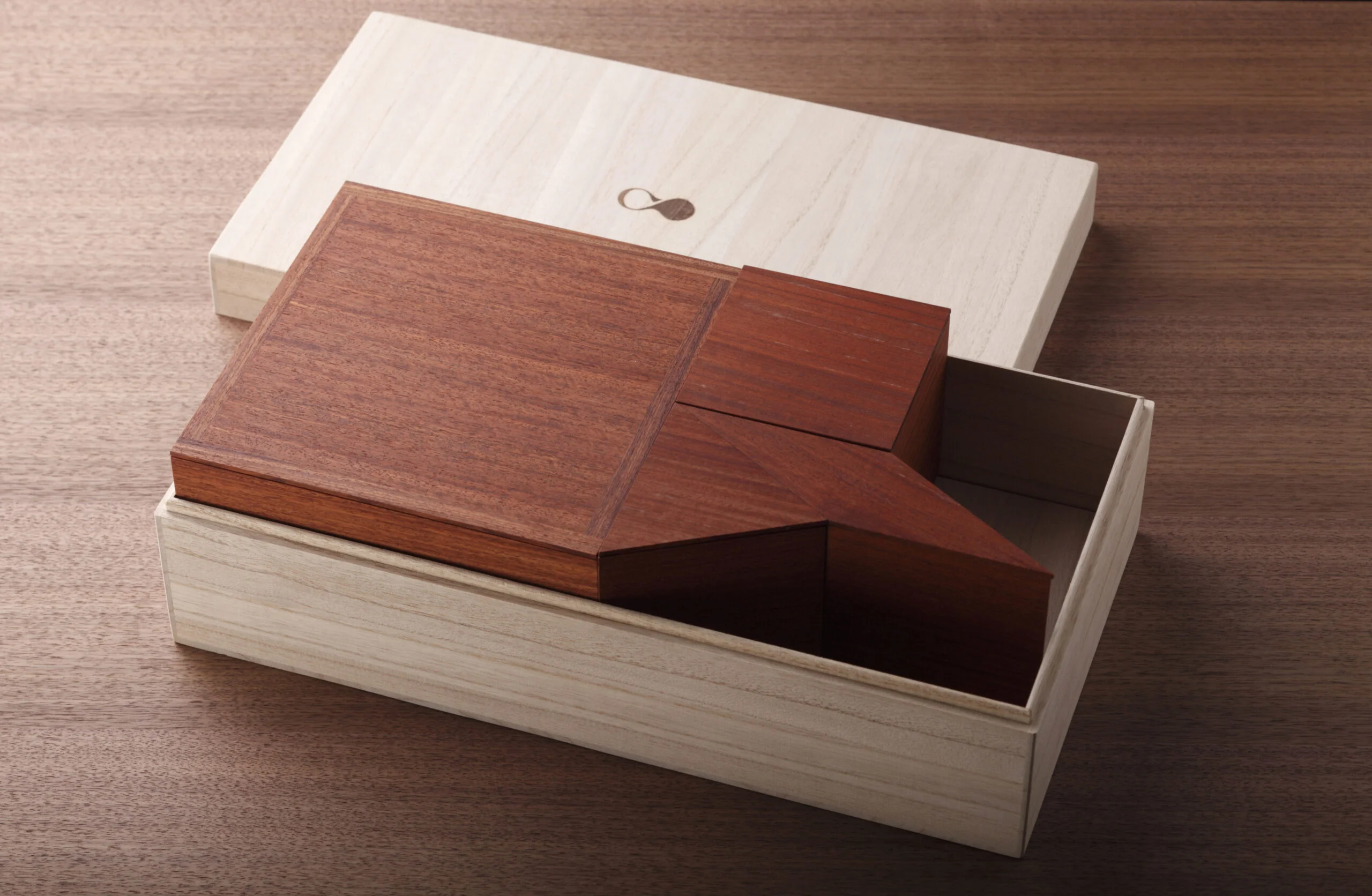
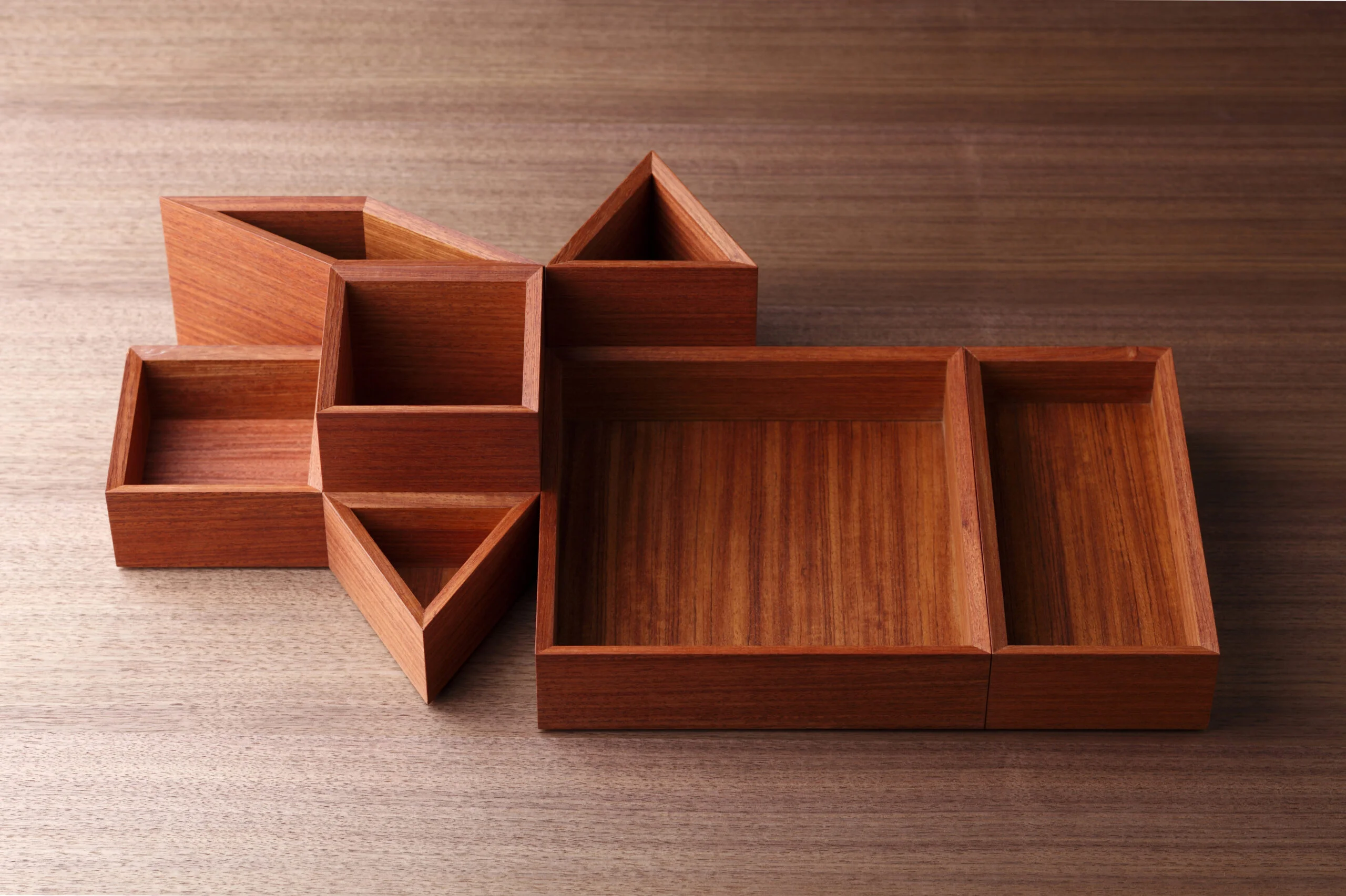
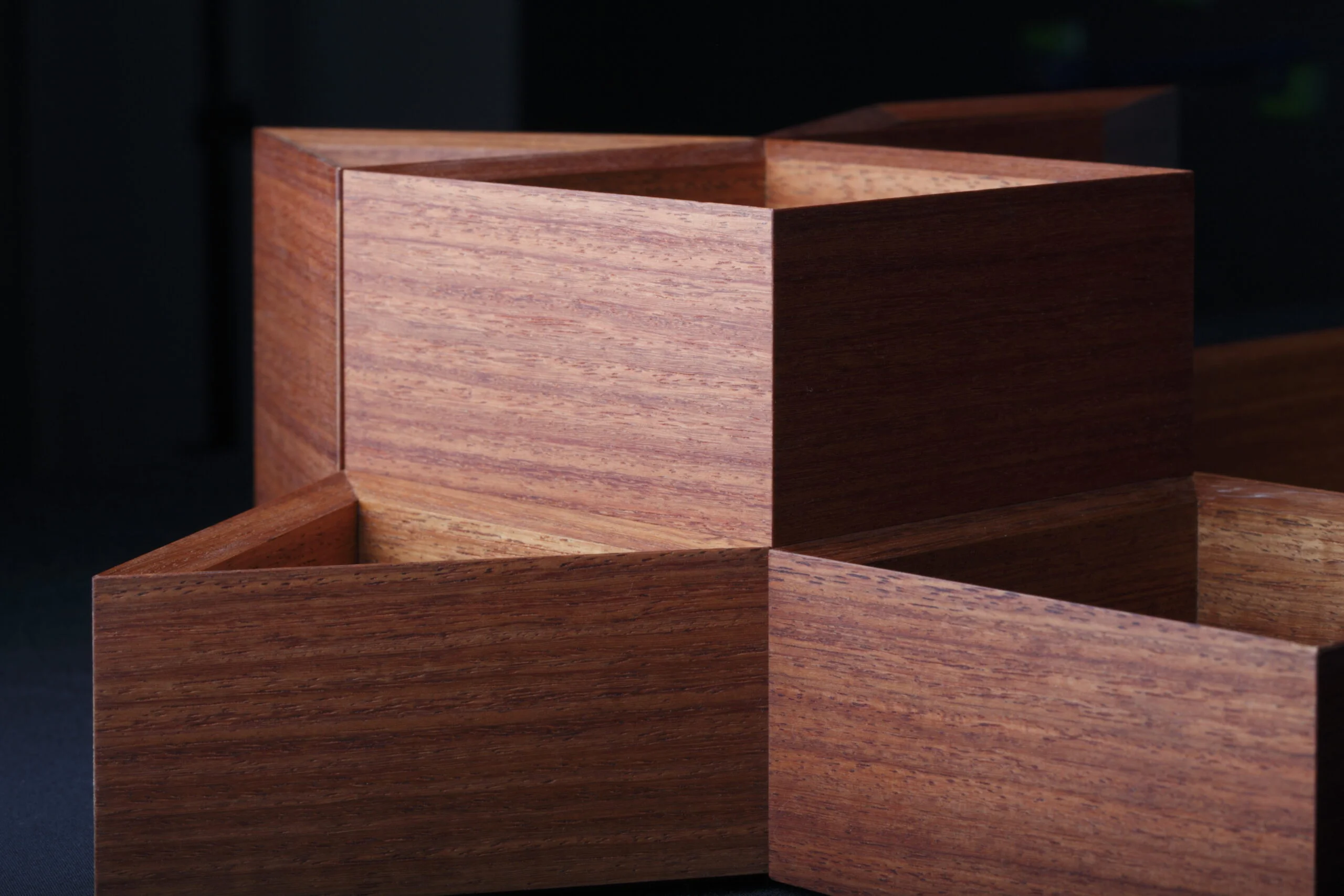
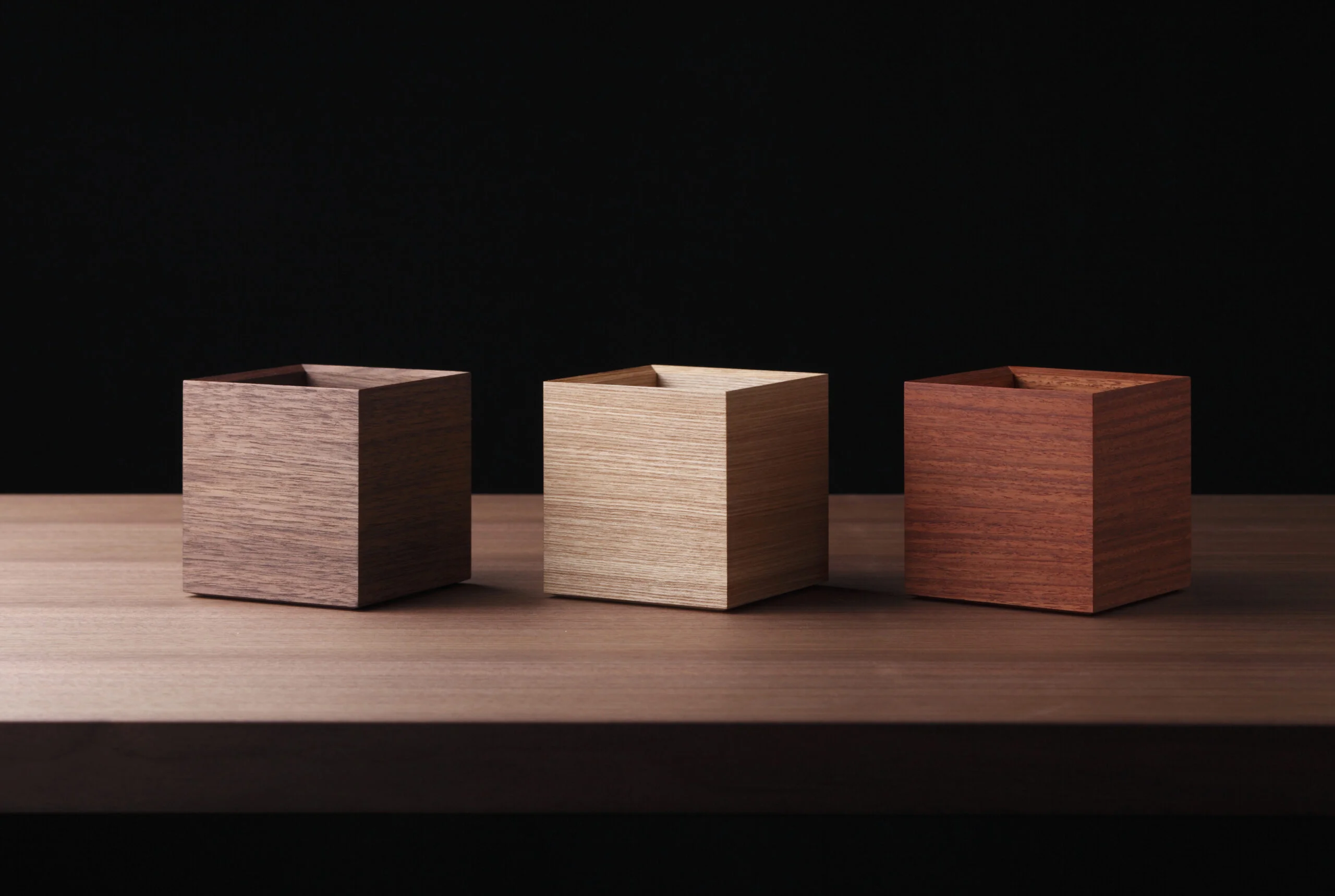
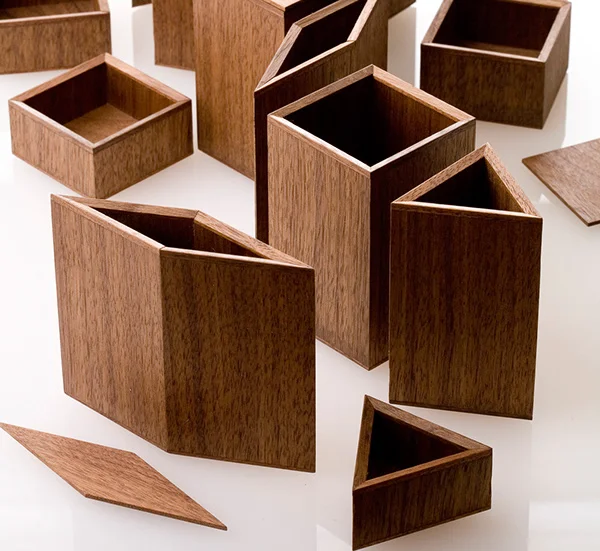
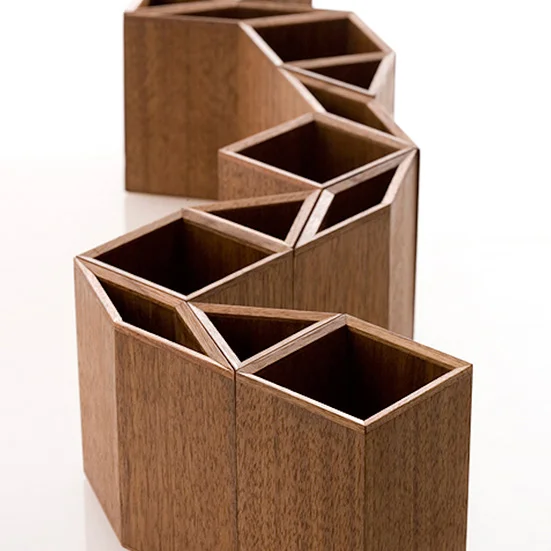
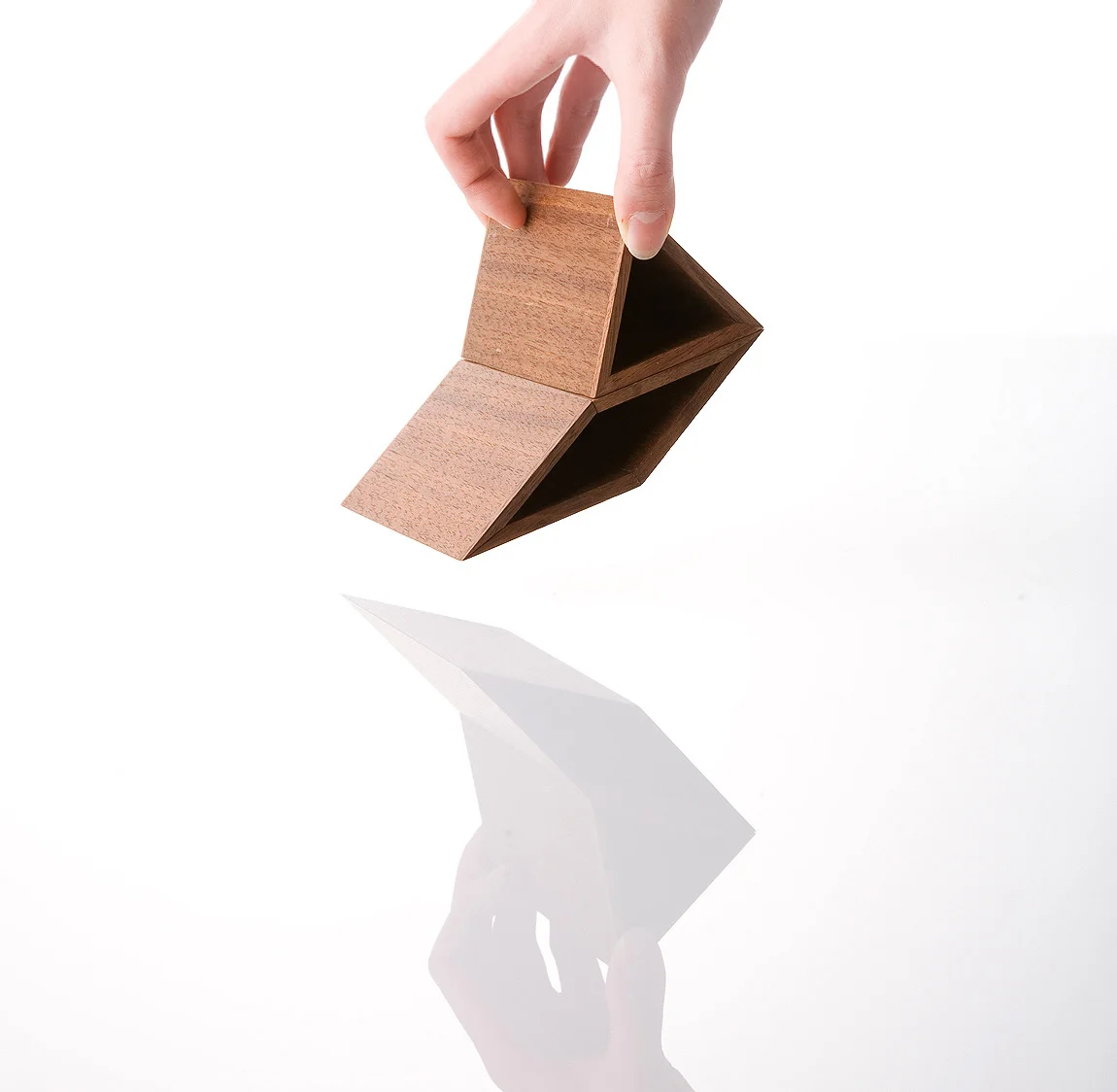
WILL
Although the design was highly appreciated, the original purpose still needs to be reached.
MAG CONTAINER has attracted attention from overseas, introduced in various media platforms and sold in museum shops at the New York Guggenheim Museum. This project was able to create a new point of contact between traditional technology and consumers, which became a successful example or the production area, through the power of design. However, we realized once again that it was impossible to compete with only one good design for a production area in a situation of crisis. Our purpose is to create new markets, movements, and relationships through branding and communication strategies, to save as many artisans and production areas as possible. These designs were a part of a series of projects NOSIGNER and Eisuke Tachikawa worked on, as a traditional industrial producer in Tokushima prefecture from 2007 to 2009. This series brought about valuable experiences that would determine our future missions.
INFORMATION
- What
- MAG CONTAINER
- When
- 2007
- Where
- Tokushima, Japan
- Client
- COLORS
- Scope
- Product design
CREDIT
- Art Direction
- NOSIGNER (Eisuke Tachikawa)
- Product Design
- NOSIGNER (Eisuke Tachikawa)
- Manufacturer
- TSUBOI WOOD CRAFT
- Photograph
- Masaharu Hatta
